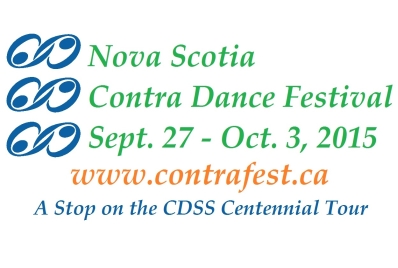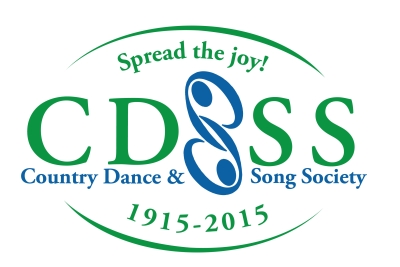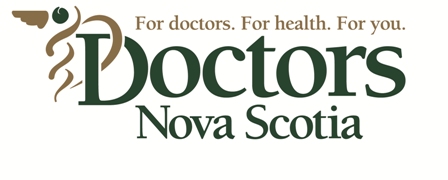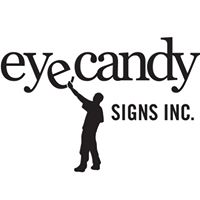
Welcome dancers, and all those looking for a fun, friendly and musical way to exercise and socialize. Click here for a quick overview of the dance schedule and pricing.

Congratulations to the Country Dance and Song Society, which is celebrating 100 years of promoting participatory dance, music and song that have roots in the English and North American culture.
Participate in the CDSS Centennial Tour! The contra dance clubs in Halifax, Nova Scotia are proud to have been chosen as one of seven tour stops.
Mark your calendar to save the week of September 27 to October 3, 2015.
Enjoy learning from the five accomplished contra dance callers and musicians who will visit us during the Festival week. Plans include a combination of educational workshops, outreach, and community dance events.
Explore our website for details and return often to see the latest updates. Mission Statement
What is Contra Dancing?
Roots
Contra Dancing is the general name for several folk dance styles having 17th and 18th century roots in Great Britain, France and North America. It is believed that the name began as English “country dances” which were taken up by French dance masters who called them “contredanses”, and then brought to North America where they became “contradances”. These folk dances were preserved by dancers in the small towns of New England and the Maritimes until the 1940s when modern electronic sound equipment allowed a rejuvenation that has spread across North America.
Watch it happening
Traditional New England Contras were rejuvenated and began to evolve into today's form at the Scout House in Concord, Massachusetts. Watch the dance held there on June 17, 2010.
The staff coming to Halifax includes Betsy Branch, Lisa Greenleaf, Eric McDonald, and Susan Songer.
Lisa Greenleaf called at the New England Folk Festival 2013 and at the Contra Carnival, San Luis Obispo, CA, January 15, 2011.
Portland Oregon's Mega Band Dance was held on March 9, 2013 with Eric Weberg and Susan Songer as maestra.
Dance Styles
These dances usually begin with partner pairs arranged in two long facing lines. They typically consist of a 64-step figure that is mostly danced by two interacting couples. At the end of the figure each couple progresses to a new couple and then the figure repeats. In the simplest style, such as the Virginia Reel, most of the action is within one partner pair, and the progression moves the top pair to the foot of the line when the figure begins again. The several contra dance styles include different ways to arrange the partners within the facing lines, or to make the lines into a circle of facing couples, or to dance in groups of three or four couples.
Music
Whenever possible, contras are danced to live music provided by two or more musicians. Traditionally contras are danced to medleys of lively jigs, reels, polkas or waltzes. The modern music also includes Latin and disco rhythms. The essential requirement for the music is 110 to 124 beats per minute with clear 8-beat phrasing. The goal is dance movement synchronized with the music and with the other dancers.
Participating
The figure is generally walked first with teaching as necessary and then called (using standardized call names) by a caller or prompter. New dancers should plan to arrive on time so they can participate in the basic teaching and easier dances usually called at the beginning. The most common footwork is a smooth walking step.
Contra dances are a place where people from all walks of life, many cultures, and ages 9 to 90 come together to dance and socialize. In order to be able to complete the figures successfully, dancers generally avoid alcohol both before and during a dance.
Good dance shoes are securely attached, flat, and soft-soled. Clothing should be comfortable and layered so that it is appropriate for energetic action and warm halls. Some dancers find it fun to twirl and swing in a skirt with some fullness.
For more details refer to Contra Dance on Wikipedia.
Some Quick Comments
“Contra dancing is a wonderful combination of physical activity, mental stimulation, and social interaction, all in a spirit of friendship and set to music. Come try it!”
“A contra dance is like an amusement park ride we make for ourselves.”
“Contra dance is one of the few dance forms where by the end of the evening you are likely to have danced with everyone.”
“Eye contact is part of the dance, but remember that the purpose is to indicate attention without intention.”
“The biggest challenge is remembering which is my left-hand.”
“I love a good swing -- it is a way to fly in synchronization without leaving the ground.”




